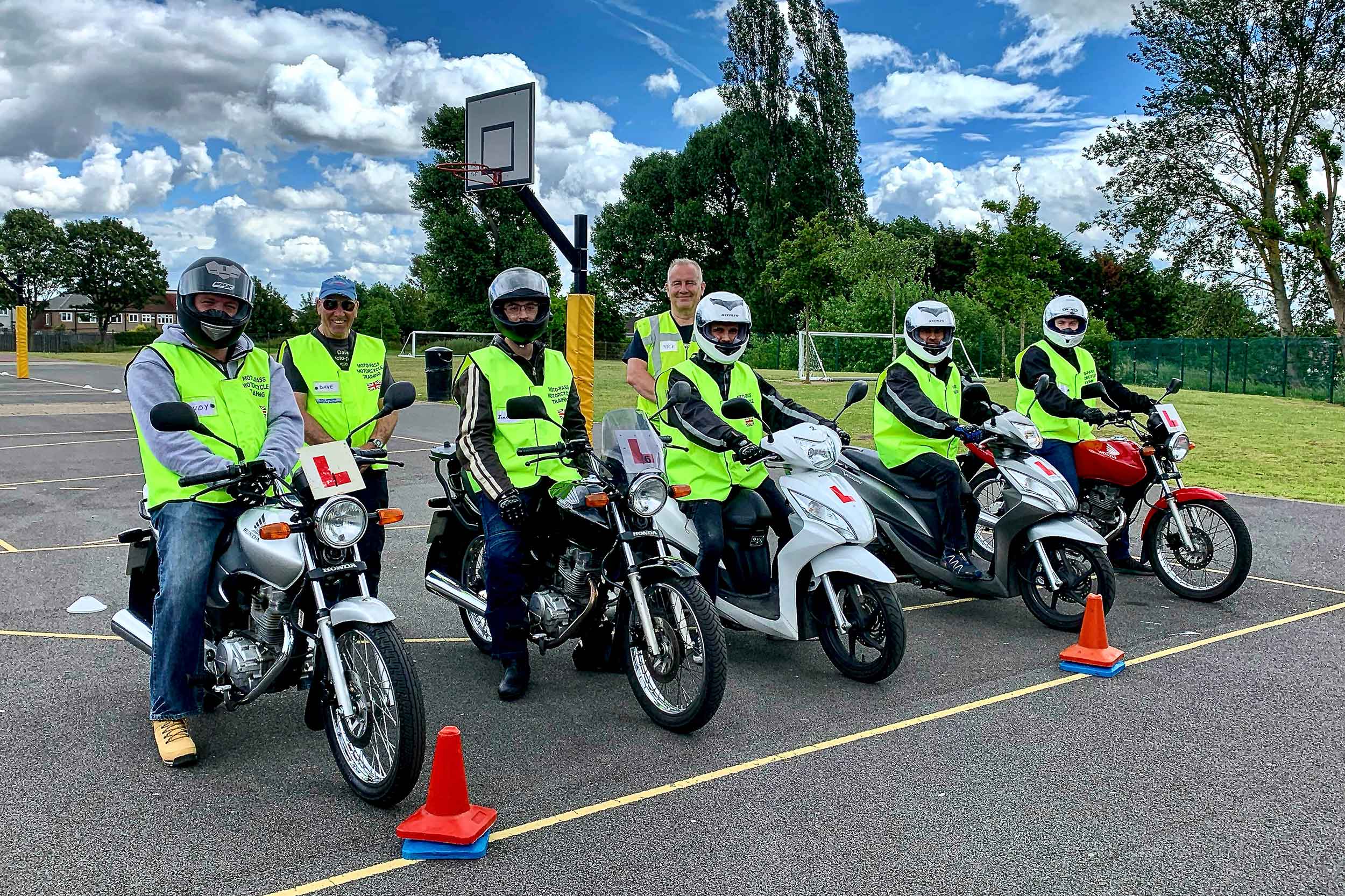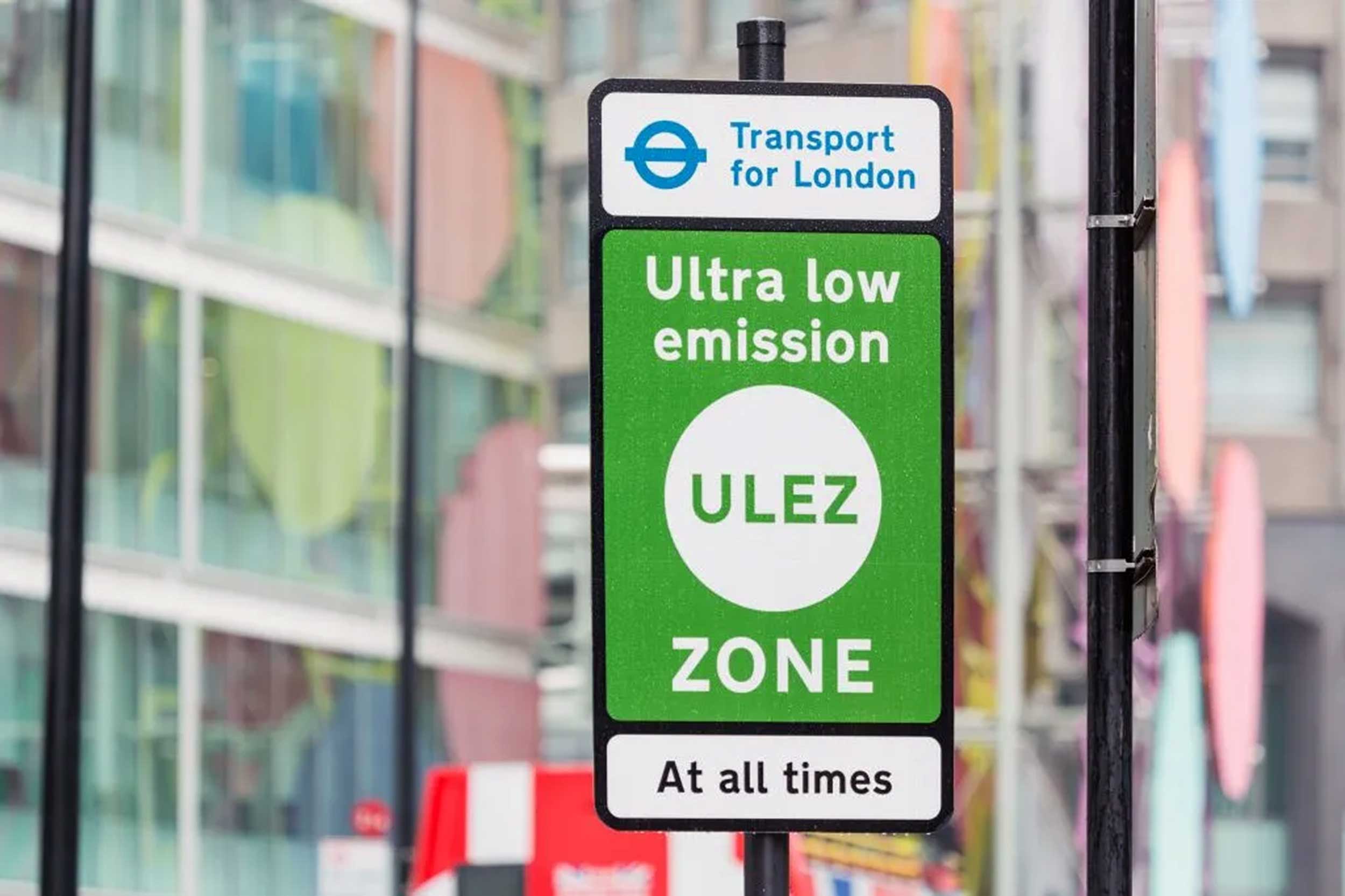The motorcycle licence system in the UK seems fiendishly complicated at first glance. It’s designed to make new and young riders start on less powerful motorbikes with some basic training, so they can gain experience before moving on to a bigger, more powerful machine.
There’s some talk about simplifying the licensing system but for now here’s what you need to do.

Moped (AM)
These days, many motorcycles that fall into the Moped category are small scooters with top speed of 28mph (45km/h).
If you’re new to riding a motorcycle, then you’ll to be at least 16 years old, obtain a provisional licence and then take Compulsory Basic Training (CBT).
The CBT teaches the skills need to ride a moped or low powered motorcycle safely – an introduction to riding, if you like – and you’ll end up with a DL196 certificate.
The CBT is carried out at a special off-road training centre by a qualified instructor. Various companies offer this training such as Phoenix Motorcycle Training and the cost is around £170.
Once you have your CBT and DL196, you can ride on public roads for up to two years with L plates. You’ll need to take the theory and practical test within the two years if you want to lose the L plates and avoid having to redo the CBT. This will give you an AM licence.
Similarly, if you want to carry a passenger or move up to a bigger, faster bike, you’ll need to take the theory and practical tests.

Small motorcycle (A1)
The next category up is the Light Motorcycle, which has a maximum power of 11kW or 125cc capacity if it’s a petrol powered bike. You’ll need to be at least 17 years old and the licence is known as the A1 licence.
If you’re starting from scratch (ie, you don’t have the AM licence) then you’ll need the provisional licence and CBT. Again, you’ll have to wear L plates, and you’ll have two years to take your theory and practical tests. Otherwise, you’ll have to take the CBT again.

Standard motorcycle (A2)
This is a medium size motorcycle with max power up to 35kW, that’s around 47hp in old money. The licence you’ll need is known as the A2, and the minimum age is 19.
A typical petrol powered Standard Motorcycle is a Honda CB500 Hornet, or the electric Zero FXE Street. The FXE has a top speed of 85mph so it’s no slouch and you can understand why some training and experience is desirable.
An A2 licence means you won’t have to display L plates, can carry a passenger, ride on motorways. You will have to pass the theory test and a two-part practical test.
There are two routes to an A2 licence:
- Direct Access (DAS): This is a course with one of the specialist providers and takes around four or five days, depending on previous experience and how you get on, on one of the centre’s own bikes.
- Progressive Access: Hold an A1 licence for a minimum of two years and take an additional practical test.

Unrestricted Motorcycle (A)
This is the full motorcycle licence that allows you to ride any motorcycle of any power output, with or without a sidecar.
There are two routes to get an Unrestricted A licence:
- Direct Access (DAS) This is a course with a specialist provider. You have to be a minimum of 24 years old. You’ll need to take the CBT, theory and practical tests.
- Progressive Access You have to be at least 21 years old and have held an A2 licence for at least two years, and take a practical test.
There are two Flow Charts for the Category A licence: 1 When aged 21 to 23 here, and 2 When aged 24 or over here.
The Official DVSA Guide to Learning to Ride
The only official guide that explains the standard required to complete your Compulsory Basic Training (CBT) course and pass your practical riding test. It will guide you through the process of learning to ride, and the key riding skills you’ll need to demonstrate to pass your CBT test.
Click here to buy it, price £14.99
The Official DVSA Guide to Riding – the essential skills
Whether you’re a learner, an experienced motorcyclist or an instructor, this book will help you to develop safe riding skills for life.
Full of tips on the skills you need to show, this essential publication now includes information on attitude and behaviour, as well as important riding concepts such as limit points and counter-steering.
Click here to buy it, price £14.99


